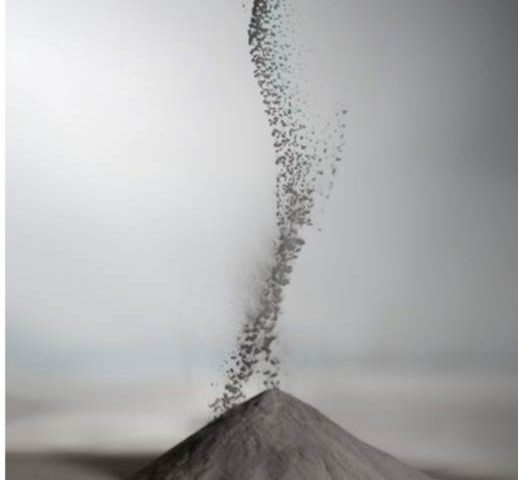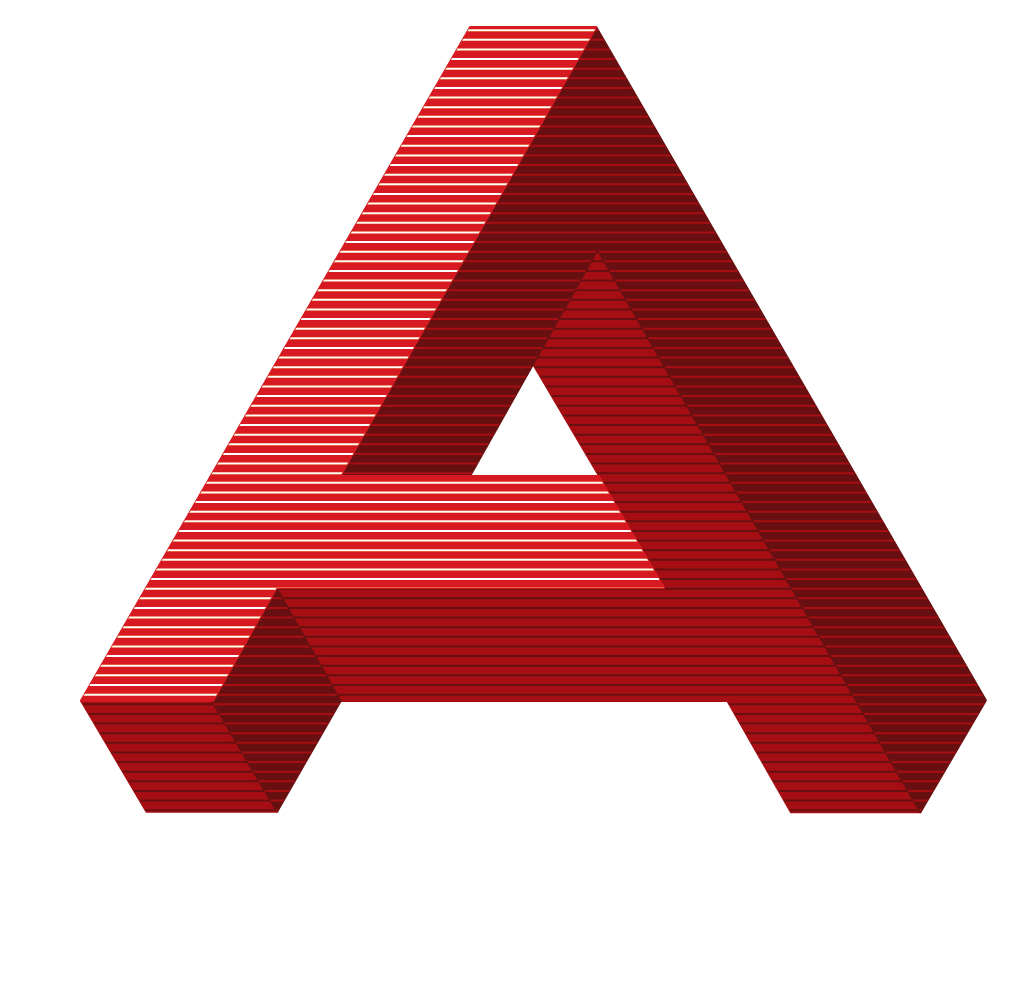
Stainless Steel Material Options For Binder Jetting Additive Manufacturing (BJAM)
In Technical Guides by AZOTH3D
 The availability of stainless-steel for additive manufacturing is on the rise. Due to its high chromium content with reduced carbon content, stainless steels are desirable in applications which require corrosion resistance, high shear strength, and excellent toughness. Stainless steels are extremely versatile and are utilized in many industries, including automotive, aerospace and medical.
The availability of stainless-steel for additive manufacturing is on the rise. Due to its high chromium content with reduced carbon content, stainless steels are desirable in applications which require corrosion resistance, high shear strength, and excellent toughness. Stainless steels are extremely versatile and are utilized in many industries, including automotive, aerospace and medical.
Binder jetting opens new possibilities and advantages to manufacturing stainless steels. Intricate geometries which were previously impossible to produce with traditional manufacturing are now possible. BJAM technology allows multiple design revisions to be 3D printed at the same time for inexpensive, rapid prototyping. Production is best suited for small, complex shapes with high tolerances that are to be used in low to mid-sized production. However, BJAM is a constantly improving technology with larger volume production runs every day.Azoth offers 316L and 17-4 PH stainless steels, both of which conform with the requirements set by standards MPIF35, ASTM B883, and ISO 22068. 316L is an austenitic stainless steel with a low carbon content that suits applications requiring lower tensile strength, higher ductility, non-magnetic properties, and high chemical corrosion resistance. Available 316L stainless steel for additive applications offers a hardness of 55 HRB, yield strength of 180 MPa, and a tensile strength of 520 MPa. On the other hand, 17-4 PH is a martensitic precipitation hardened stainless steel used in industrial applications that require mild chemical corrosion resistance, higher tensile strength, and increased hardness. This material can be subjected to various heat treatments to customize material properties. Common heat treatments such as H900 offers hardness of 35 HRC along with a 1090 MPa yield strength and 1190 MPa ultimate tensile strength.
Azoth offers post processing to alter the surface finish of stainless steels based on customer specification. 3D printed materials, with an average surface roughness of 6.0 µm Ra as-sintered, can be bead blasted to a 3.0 µm Ra and polished smooth using Isotropic Super Finishing to achieve an average Ra of 1.0 µm or below. Isotropic Super-Finishing creates a uniform, non-directional surface with a mirror-like appearance. Just like any other manufacturing method of stainless steels, additive materials can be machined to meet tight tolerances if necessary on special features, however, parts that require minimal machining are encouraged for binder jetting additive manufacturing.
 The availability of stainless-steel for additive manufacturing is on the rise. Due to its high chromium content with reduced carbon content, stainless steels are desirable in applications which require corrosion resistance, high shear strength, and excellent toughness. Stainless steels are extremely versatile and are utilized in many industries, including automotive, aerospace and medical.
The availability of stainless-steel for additive manufacturing is on the rise. Due to its high chromium content with reduced carbon content, stainless steels are desirable in applications which require corrosion resistance, high shear strength, and excellent toughness. Stainless steels are extremely versatile and are utilized in many industries, including automotive, aerospace and medical.
Binder jetting opens new possibilities and advantages to manufacturing stainless steels. Intricate geometries which were previously impossible to produce with traditional manufacturing are now possible. BJAM technology allows multiple design revisions to be 3D printed at the same time for inexpensive, rapid prototyping. Production is best suited for small, complex shapes with high tolerances that are to be used in low to mid-sized production. However, BJAM is a constantly improving technology with larger volume production runs every day.Azoth offers 316L and 17-4 PH stainless steels, both of which conform with the requirements set by standards MPIF35, ASTM B883, and ISO 22068. 316L is an austenitic stainless steel with a low carbon content that suits applications requiring lower tensile strength, higher ductility, non-magnetic properties, and high chemical corrosion resistance. Available 316L stainless steel for additive applications offers a hardness of 55 HRB, yield strength of 180 MPa, and a tensile strength of 520 MPa. On the other hand, 17-4 PH is a martensitic precipitation hardened stainless steel used in industrial applications that require mild chemical corrosion resistance, higher tensile strength, and increased hardness. This material can be subjected to various heat treatments to customize material properties. Common heat treatments such as H900 offers hardness of 35 HRC along with a 1090 MPa yield strength and 1190 MPa ultimate tensile strength.
Azoth offers post processing to alter the surface finish of stainless steels based on customer specification. 3D printed materials, with an average surface roughness of 6.0 µm Ra as-sintered, can be bead blasted to a 3.0 µm Ra and polished smooth using Isotropic Super Finishing to achieve an average Ra of 1.0 µm or below. Isotropic Super-Finishing creates a uniform, non-directional surface with a mirror-like appearance. Just like any other manufacturing method of stainless steels, additive materials can be machined to meet tight tolerances if necessary on special features, however, parts that require minimal machining are encouraged for binder jetting additive manufacturing.
 The availability of stainless-steel for additive manufacturing is on the rise. Due to its high chromium content with reduced carbon content, stainless steels are desirable in applications which require corrosion resistance, high shear strength, and excellent toughness. Stainless steels are extremely versatile and are utilized in many industries, including automotive, aerospace and medical.
The availability of stainless-steel for additive manufacturing is on the rise. Due to its high chromium content with reduced carbon content, stainless steels are desirable in applications which require corrosion resistance, high shear strength, and excellent toughness. Stainless steels are extremely versatile and are utilized in many industries, including automotive, aerospace and medical.
Binder jetting opens new possibilities and advantages to manufacturing stainless steels. Intricate geometries which were previously impossible to produce with traditional manufacturing are now possible. BJAM technology allows multiple design revisions to be 3D printed at the same time for inexpensive, rapid prototyping. Production is best suited for small, complex shapes with high tolerances that are to be used in low to mid-sized production. However, BJAM is a constantly improving technology with larger volume production runs every day.Azoth offers 316L and 17-4 PH stainless steels, both of which conform with the requirements set by standards MPIF35, ASTM B883, and ISO 22068. 316L is an austenitic stainless steel with a low carbon content that suits applications requiring lower tensile strength, higher ductility, non-magnetic properties, and high chemical corrosion resistance. Available 316L stainless steel for additive applications offers a hardness of 55 HRB, yield strength of 180 MPa, and a tensile strength of 520 MPa. On the other hand, 17-4 PH is a martensitic precipitation hardened stainless steel used in industrial applications that require mild chemical corrosion resistance, higher tensile strength, and increased hardness. This material can be subjected to various heat treatments to customize material properties. Common heat treatments such as H900 offers hardness of 35 HRC along with a 1090 MPa yield strength and 1190 MPa ultimate tensile strength.
Azoth offers post processing to alter the surface finish of stainless steels based on customer specification. 3D printed materials, with an average surface roughness of 6.0 µm Ra as-sintered, can be bead blasted to a 3.0 µm Ra and polished smooth using Isotropic Super Finishing to achieve an average Ra of 1.0 µm or below. Isotropic Super-Finishing creates a uniform, non-directional surface with a mirror-like appearance. Just like any other manufacturing method of stainless steels, additive materials can be machined to meet tight tolerances if necessary on special features, however, parts that require minimal machining are encouraged for binder jetting additive manufacturing.

Binder jetting opens new possibilities and advantages to manufacturing stainless steels. Intricate geometries which were previously impossible to produce with traditional manufacturing are now possible. BJAM technology allows multiple design revisions to be 3D printed at the same time for inexpensive, rapid prototyping. Production is best suited for small, complex shapes with high tolerances that are to be used in low to mid-sized production. However, BJAM is a constantly improving technology with larger volume production runs every day.Azoth offers 316L and 17-4 PH stainless steels, both of which conform with the requirements set by standards MPIF35, ASTM B883, and ISO 22068. 316L is an austenitic stainless steel with a low carbon content that suits applications requiring lower tensile strength, higher ductility, non-magnetic properties, and high chemical corrosion resistance. Available 316L stainless steel for additive applications offers a hardness of 55 HRB, yield strength of 180 MPa, and a tensile strength of 520 MPa. On the other hand, 17-4 PH is a martensitic precipitation hardened stainless steel used in industrial applications that require mild chemical corrosion resistance, higher tensile strength, and increased hardness. This material can be subjected to various heat treatments to customize material properties. Common heat treatments such as H900 offers hardness of 35 HRC along with a 1090 MPa yield strength and 1190 MPa ultimate tensile strength.
Azoth offers post processing to alter the surface finish of stainless steels based on customer specification. 3D printed materials, with an average surface roughness of 6.0 µm Ra as-sintered, can be bead blasted to a 3.0 µm Ra and polished smooth using Isotropic Super Finishing to achieve an average Ra of 1.0 µm or below. Isotropic Super-Finishing creates a uniform, non-directional surface with a mirror-like appearance. Just like any other manufacturing method of stainless steels, additive materials can be machined to meet tight tolerances if necessary on special features, however, parts that require minimal machining are encouraged for binder jetting additive manufacturing.
